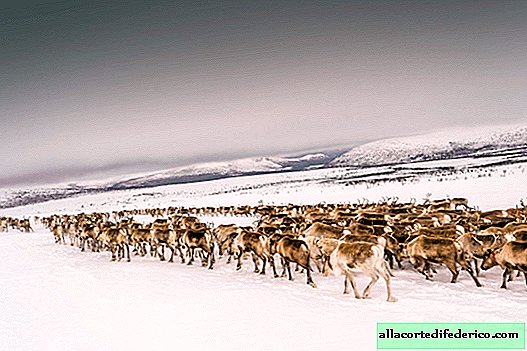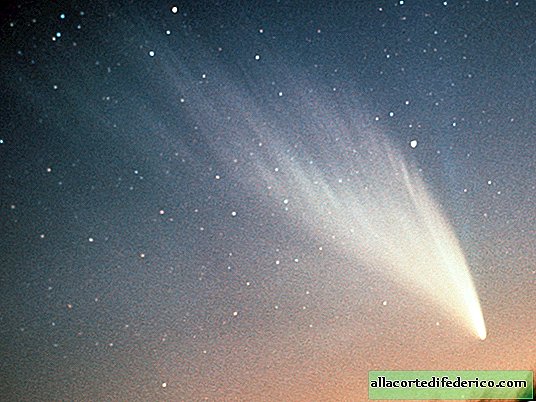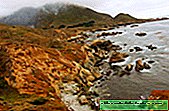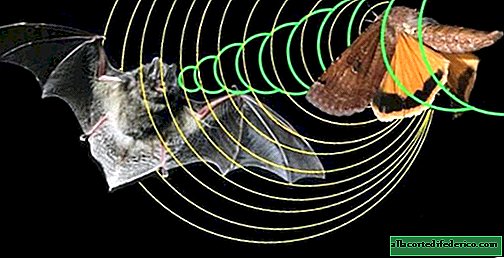Where in Russia the sun most often shines: Siberia and the Far East in the first positions
It may seem strange, but the sunniest places in our country are not on the Black Sea coast and not in the hot steppes of Kalmykia. They are located in Siberia, which is harsh from the climatic point of view, and the local settlements significantly exceed the European part of the country in the duration of sunshine.
The duration of sunshine is a meteorological indicator that is expressed in hours and represents the total amount of time when in a particular area the sun is above the horizon and is not covered by clouds. If you look at the map of Russia, you can trace the change in this indicator across the country.

The magnitude of the duration of sunshine changes both when moving from north to south, and when moving from west to east. Large areas of Siberia and the Far East are located in the zone of the highest duration of sunshine. This is mainly due to the anticyclone type of weather that prevails in this territory. The European part of the country is located on the path of movement of the Atlantic air masses, warmer, but at the same time humid, carrying cyclones, cloudiness and precipitation.
So, here is a list of the sunniest places in our country, where you are probably lucky with the weather if you decide to go on a trip.
Borzya city, Transbaikal Territory

This small provincial town is the absolute record holder of the country. The sun shines here on average 2,797 hours a year.
City of Birobidzhan, Jewish Autonomous Region

In this city, and indeed in the region as a whole, the sun shines more than 2 600 hours a year.
Khabarovsk

In the capital of the Khabarovsk Territory, the sun is observed 2,449 hours a year.
The Republic of Buryatia

This region is also famous for its abundance of sunny days. The duration of sunshine here is more than 2,400 hours per year.
Astrakhan city

In this city, located on the Volga River, near the coast of the Caspian Sea, the sun shines 2,410 hours a year.

















